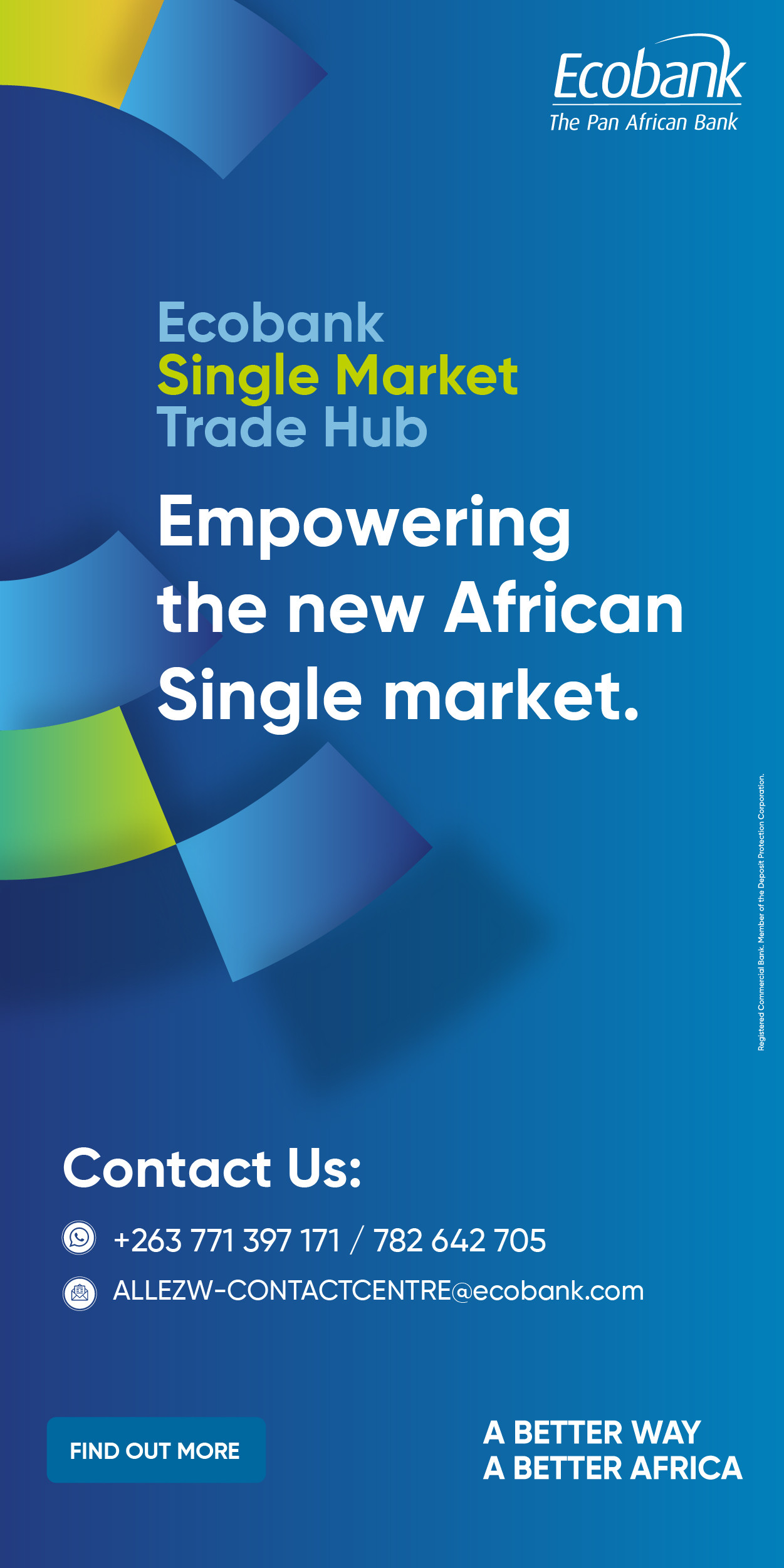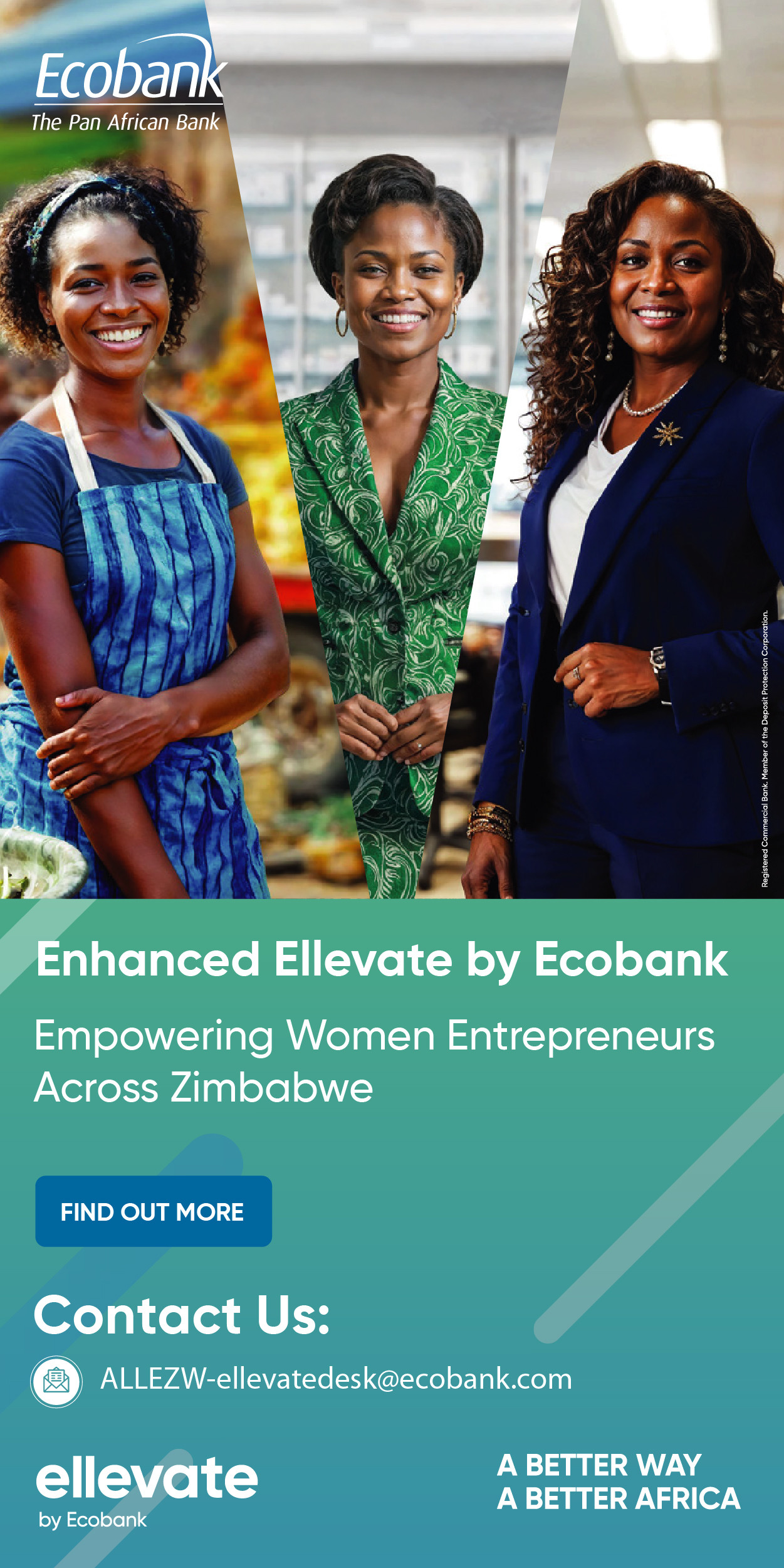- Padenga Holdings Limited reported a 17% increase in gold production to 84,944 ounces (2,643 kg) in 2024 becoming the second largest gold producer dwarfing Caledonia
- The company's revenue surged by 43% to US$223 million in 2024, driven by record gold prices averaging around US$2,300 per ounce
- Padenga aims to expand its underground operations and increase gold production to 100,000 ounces (3,110 kg) in 2025
Harare- Padenga Holdings Limited, a gold mining titan listed on the US-dollar-denominated bourse Victoria Falls Stock Exchange (VFEX) has cemented its place as a giant in Zimbabwe’s gold mining sector, delivering a standout performance that highlighted its dramatic shift from its origins in crocodile farming.
This performance saw Padenga surpass Caledonia Mining Corporation in terms of production for the second time in annual performance, thereby consolidating the status of second-largest gold producer.
Through its subsidiary, Dallaglio Investments, Padenga saw gold production surge by 17% to approximately 84,944 ounces (2,643 kg) across its two mines, Eureka in Guruve and Pickstone-Peerless near Chegutu.
This growth, paired with record gold prices averaging around US$2,300 per ounce in 2024, propelled group revenue up 43% to US$223 million, with mining operations contributing a hefty 86% (US$192 million).
The company invested US$20 million into its gold business in 2024, with plans to deploy another US$28.5 million in 2025 to expand underground operations, signalling its intent to push production toward a bold target of 100,000 ounces (3,110 kg) going further.
This remarkable year highlights how Padenga has transformed itself from a niche agricultural player into a formidable miner, riding the wave of Zimbabwe’s gold boom.
Padenga’s journey from crocodiles to rocks began as a strategic pivot in 2019 when it acquired a controlling stake in Dallaglio Investments through a US$19.9 million capital injection, marking its entry into gold mining.
Originally focused on breeding crocodiles for leather exports a business that once defined its identity, Padenga recognised the lucrative potential of Zimbabwe’s mineral wealth amid rising global demand for gold.
Over the past decade, it has poured US$107 million into developing Eureka and Pickstone Peerless, shifting its revenue base dramatically.
By 2024, crocodile farming had faded to a mere 14% of its income, a big contrast to its past.
Early struggles, including a US$4.3 million loss in 2021, gave way to resilience, with profits rebounding to US$12.9 million in 2022 and climbing higher in 2024 to US$40.2 million from US$8.2 million more than quadrupling.
This transformation mirrors Zimbabwe’s broader economic reliance on mining, but Padenga’s agility in shedding its old skin for a golden future sets it apart as a tale of reinvention.
Locally, Padenga’s rise invites comparison with Zimbabwe’s mining giants. Kuvimba Mining House, a state-backed behemoth, targets 3,600 kg (115,830 oz) for its financial year ending March 2025, a 12.5% increase from 3,200 kg, driven largely by Freda Rebecca (2,548 kg), which accounts for 70% of its output.
With estimated revenues exceeding US$350 million in 2024 and a US$38 million investment into Freda Rebecca, Kuvimba’s scale overshadows Padenga’s two-mine operation. Yet, Padenga’s 17% growth outpaces Kuvimba’s, hinting at a potential challenge to its dominance if expansion continues apace.
Caledonia Mining Corporation, operating the efficient Blanket Mine, produced 76,656 ounces (2,384 kg) in 2024, with revenue of over US$100 million and a 2025 guidance of 73 500-77,500 ounces.
While Caledonia’s profitability is steady, its conservative growth lags behind Padenga’s ambition as Bilboes remains under maintenance targeting a US$309 million recapitalisation.
If Padenga hits its 100,000-ounce goal in 2025, it could surpass Caledonia and close the gap with Kuvimba, cementing its status as a top-tier private player in Zimbabwe.
Stepping onto the regional stage, Padenga’s achievements pale in sheer volume but shine in growth potential when compared to Africa’s gold titans. AngloGold Ashanti, with operations in South Africa and Ghana, produced 2.55 million ounces (79,300 kg) in 2024, generating roughly US$5.8 billion.
Gold Fields, another heavyweight, mined 2.2 million ounces (68,400 kg) for US$4.5 billion, while Barrick Gold’s 4 million ounces (124,400 kg) across Tanzania and Mali yielded US$11 billion.
Padenga’s 84,944 ounces and US$223 million revenue are a fraction of these figures, but its 43% revenue jump and leaner structure echo the trajectories of mid-tier African producers like Endeavour Mining in its early growth phases.
While it lacks the scale of these giants, Padenga benefits from Zimbabwe’s lower regulatory hurdles and a focused portfolio, offering a nimble contrast to the sprawling operations of regional leaders.
Despite its upward trajectory, Padenga faces significant challenges that could temper its golden ambitions. Zimbabwe’s chronic power shortages and crumbling infrastructure pose operational risks, potentially disrupting production at Eureka and Pickstone-Peerless.
Rising costs for energy, labour, and equipment exacerbated by inflation and currency volatility threaten to erode margins, especially if gold prices falter. Policy uncertainty, including the government’s 30% forex surrender requirement, could further squeeze profitability.
Competition from Kuvimba’s scale and Caledonia’s stability adds pressure, while the technical complexity of scaling underground mining introduces execution risks. Yet, opportunities abound: gold prices projected at US$3000 per ounce in 2025 promise robust revenues, and distressed smaller mines in Zimbabwe could be acquisition targets.
Padenga’s adaptability proven by its crocodile-to-gold pivot positions it to cross these headwinds and seize its moment.
In the span of a decade, Padenga has shed its reptilian roots to emerge as a golden contender, with 2024 marking a pivotal chapter in its evolution. Its 17% production increase and 43% revenue surge showcase a company hitting its stride, while its 100,000-ounce target for 2025 reflects a hunger to rival Zimbabwe’s giants and carve a niche among Africa’s mid-tier miners.
Though dwarfed by regional behemoths, Padenga’s story is one of transformation and tenacity, leveraging Zimbabwe’s mineral wealth to rewrite its future. If it can overcome local challenges and capitalize on global gold trends, Padenga’s rise from crocodile skins to gold rocks may well become a blueprint for reinvention in Africa’s mining landscape.





